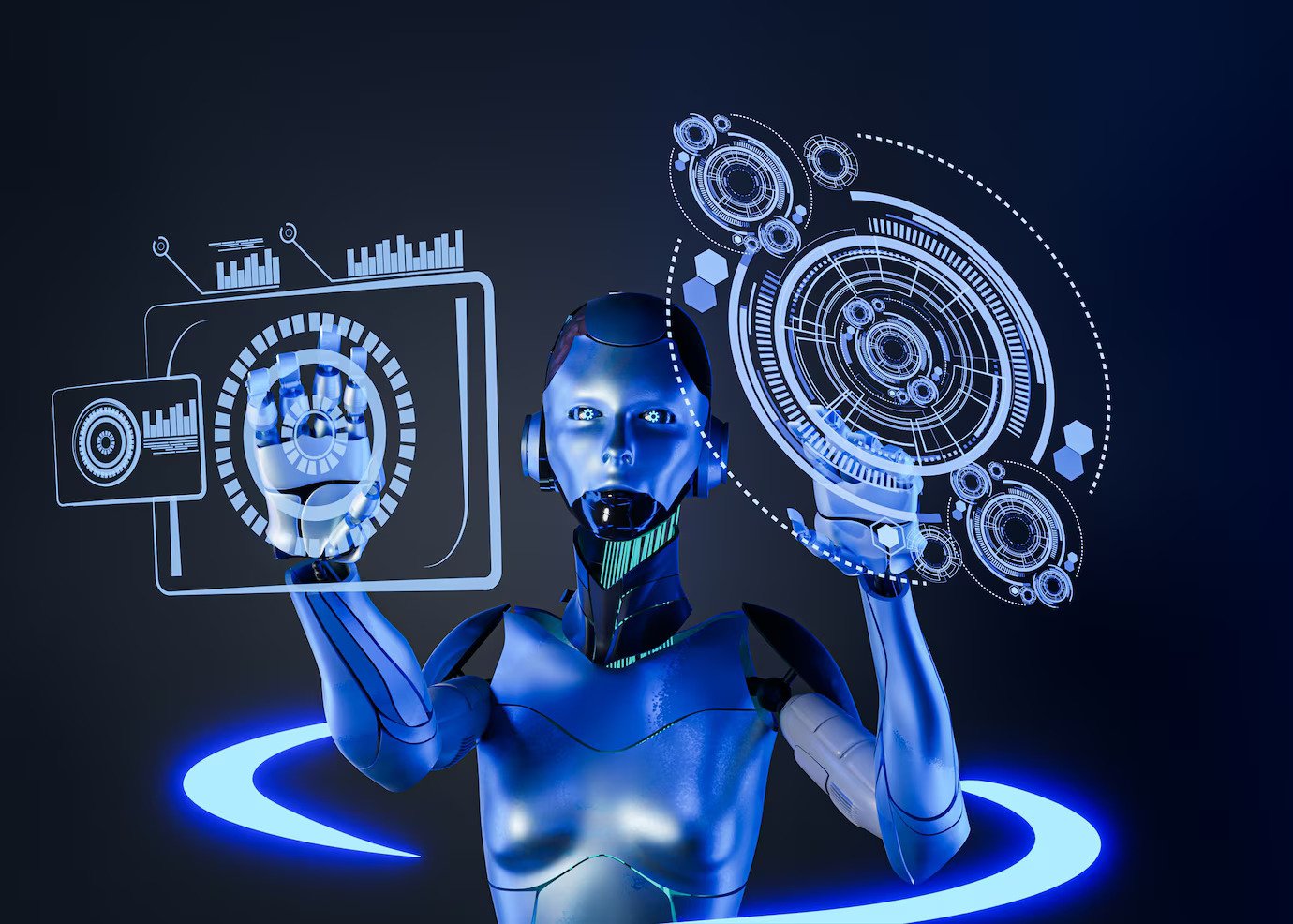
Artificial intelligence (AI) has rapidly transformed industries worldwide, reshaping the way businesses operate, solve problems, and innovate. From automating repetitive tasks to enhancing complex decision-making processes, AI-driven solutions are becoming indispensable in various fields, including healthcare, finance, manufacturing, and entertainment. The power of AI lies in its ability to process vast amounts of data, recognize patterns, and make intelligent predictions, all of which are made possible through advanced artificial intelligence techniques.
These techniques, such as machine learning, deep learning, natural language processing (NLP), and computer vision, have pushed the boundaries of what technology can achieve. AI is no longer confined to research labs or theoretical applications; it is actively transforming everyday life. Businesses are leveraging AI to develop smarter products, improve customer experiences, and optimize operations, while governments and researchers are utilizing it to tackle global challenges such as climate change, disease prediction, and urban planning.
As industries continue to embrace AI, understanding its core techniques and their real-world applications is crucial for both businesses and individuals. The ability to harness AI effectively can lead to significant competitive advantages, increased efficiency, and groundbreaking innovations. This article explores some of the most impactful artificial intelligence techniques and how they are powering innovation across various sectors, shaping the future of technology and human progress.
1. Artificial Intelligence Techniques: Machine Learning The Backbone of AI
Machine learning (ML) is one of the most widely used artificial intelligence techniques, allowing computers to learn from data and improve performance over time without being explicitly programmed. ML algorithms identify patterns, make predictions, and automate decision-making processes.
Applications of Machine Learning in Innovation:
-
Healthcare:
ML algorithms assist in diagnosing diseases, predicting patient outcomes, and personalizing treatments. AI-powered diagnostic tools can analyze medical images with high accuracy, detecting early signs of conditions like cancer.
-
Finance:
Banks and financial institutions use ML for fraud detection, credit scoring, and algorithmic trading. AI-driven systems analyze vast amounts of data to detect suspicious transactions and enhance security.
-
Retail and E-Commerce:
ML powers recommendation engines that analyze user preferences to suggest personalized products, improving customer engagement and sales.
2. Deep Learning: Advancing AI Capabilities
Deep learning, a subset of machine learning, involves neural networks that mimic the human brain to process complex data and recognize patterns. It enables artificial intelligence techniques to perform highly sophisticated tasks, such as speech and image recognition.
Applications of Deep Learning in Innovation:
-
Autonomous Vehicles:
Deep learning algorithms allow self-driving cars to identify objects, interpret traffic signs, and make real-time driving decisions.
-
Voice Assistants and Chatbots:
AI-powered virtual assistants like Siri, Alexa, and Google Assistant use deep learning to understand and respond to voice commands effectively.
-
Medical Imaging:
Deep learning enhances diagnostic imaging by detecting abnormalities in X-rays, MRIs, and CT scans with greater accuracy than traditional methods.
3. Natural Language Processing (NLP): Enhancing Human-AI Interaction
Natural Language Processing (NLP) is an AI technique that enables machines to understand, interpret, and generate human language. NLP is responsible for improving communication between humans and AI-driven systems.
Applications of NLP in Innovation:
-
Chatbots and Virtual Assistants:
NLP powers intelligent chatbots that handle customer queries, providing instant and accurate responses in various industries like banking, healthcare, and e-commerce.
-
Language Translation:
AI-powered translation tools, such as Google Translate, use NLP to provide accurate and context-aware translations across multiple languages.
-
Content Generation:
AI tools like GPT-based models generate human-like text, assisting businesses in creating marketing content, reports, and customer service responses.
4. Computer Vision: Teaching Machines to See
Computer vision enables AI systems to interpret and analyze visual data from the world, allowing machines to “see” and make decisions based on images and videos.
Applications of Computer Vision in Innovation:
-
Facial Recognition:
Used in security systems, social media platforms, and smartphones for authentication and identification.
-
Healthcare:
AI-driven computer vision assists doctors in detecting diseases from medical scans and improving diagnostic accuracy.
-
Manufacturing:
AI-powered quality control systems use computer vision to inspect products for defects in production lines, ensuring higher efficiency and reduced waste.
5. Reinforcement Learning: AI That Learns from Experience
Reinforcement learning is an artificial intelligence technique where machines learn by interacting with their environment and receiving rewards or penalties based on their actions. This enables AI to make better decisions over time through trial and error.
Applications of Reinforcement Learning in Innovation:
-
Robotics:
AI-driven robots learn how to perform complex tasks, such as warehouse automation and surgical procedures.
-
Gaming:
AI-powered agents have mastered games like Chess and Go, surpassing human capabilities through reinforcement learning techniques.
-
Energy Optimization:
Smart grid systems use reinforcement learning to manage energy consumption efficiently, reducing costs and environmental impact.
In conclusion, the rapid advancement of artificial intelligence techniques is revolutionizing industries, driving innovation, and transforming everyday life. From machine learning and deep learning to NLP, computer vision, and reinforcement learning, AI is enabling businesses and organizations to solve complex challenges, improve efficiency, and enhance user experiences.
As AI continues to evolve, its potential applications will expand even further, unlocking new possibilities in healthcare, finance, transportation, and beyond. Businesses that embrace AI-driven innovation will gain a competitive edge, ensuring their long-term success in an increasingly AI-powered world.
The future of AI is bright, and as these AI techniques continue to advance, they will shape the next generation of technological breakthroughs, making life smarter, more efficient, and more connected than ever before.

